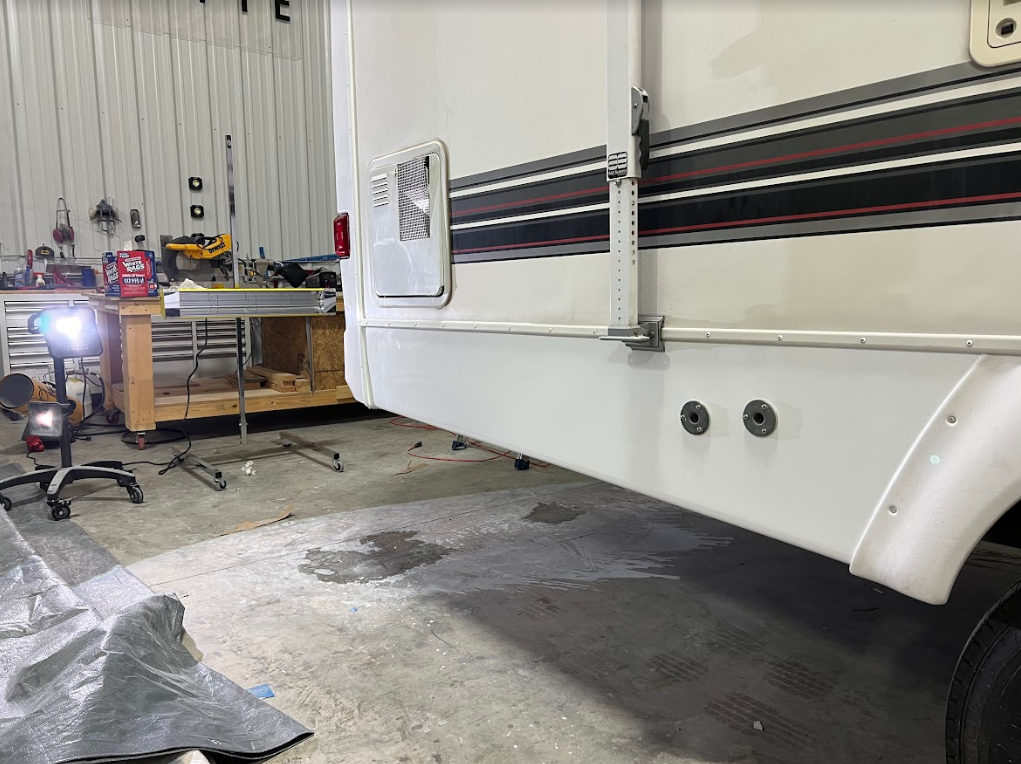When it comes to RV’s, two materials stand out as being the most commonly used in siding: aluminum and fiberglass. Like everything in the industry, there are pros and cons to both types that should be considered. The good news is that both types of siding can be repaired by professional RV repair technicians, so you never have to worry about whether or not you can get damage repaired.
So, what are the differences? Is aluminum better than fiberglass when looking at the overall picture? Let’s take a look at some of the advantages and disadvantages of each one.
Aluminum RV Siding
RV’s made with an aluminum siding will typically be found with wooden framed walls. This siding is stapled or otherwise attached to the wooden frame which allows the use of fiberglass insulation. Some of the advantages of an RV with aluminum siding include:
- RV’s and campers with aluminum tend to be on the cheaper side when it comes to buying
- It’s much easier to run wiring and cables with aluminum siding
- Time-tested: aluminum siding has been used in RV’s for many years, and for good reason. If it was a poor option to use, manufacturers wouldn’t continue to use it.
Of course, aluminum RV siding has its downsides, too. Aluminum siding is extremely susceptible to water damage if not properly maintained. Routinely inspecting the sides and corners near the roof will help to prevent water leaks from starting. If a leak does start, the water will actually leak into the interior of the walls. Since aluminum sided RV’s typically use wooden frames, these water leaks can cause wood rot and mold. Then, the water leak goes from a small issue to a big repair bill.

